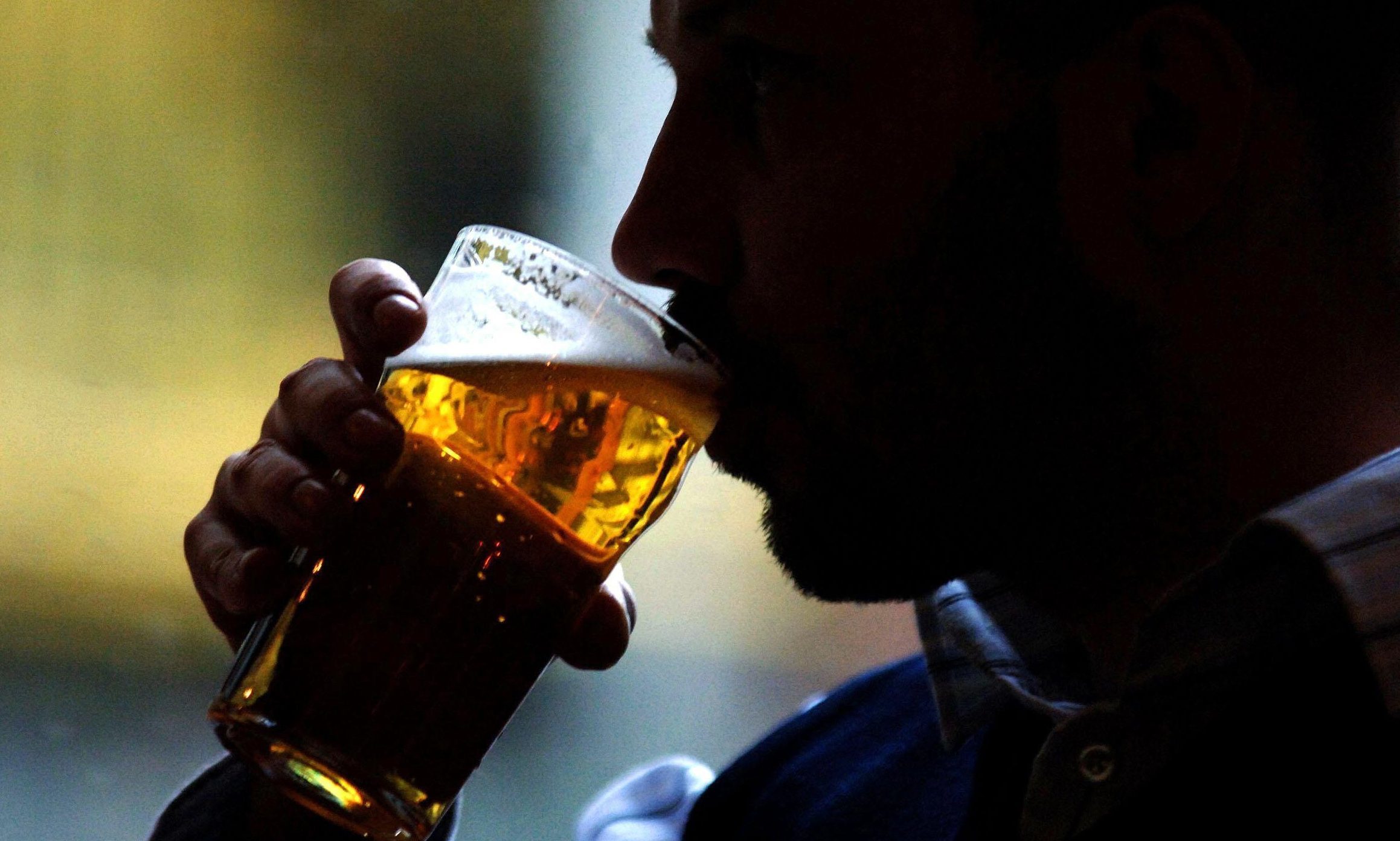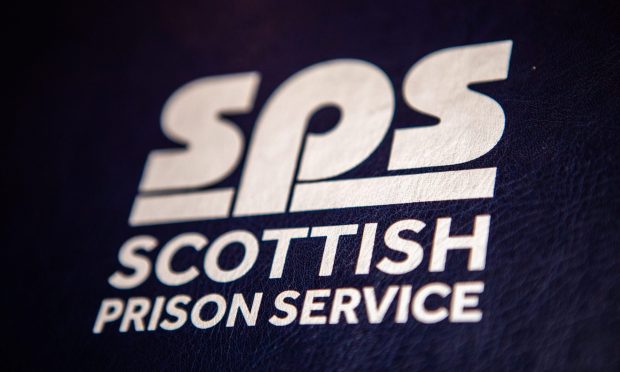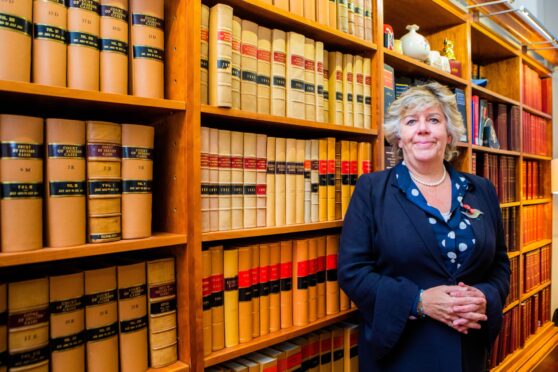Scottish pubs tied to large companies should get the same legal protections as their counterparts in England and Wales, according to a leading business watchdog.
At the moment, tied pub tenants are required to pay rent to – and buy supplies of beer and other products from – their big business owners.
Many complain they’re forced to pay substantially more than their non-tied, or free-house, competitors.
Now the Federation of Small Businesses (FSB) in Scotland is calling for the introduction of a statutory pubs code and an independent adjudicator to govern the relationship between tied tenants and large pub companies.
A similar scheme operates in England and Wales.
MSP Neil Bibby has raised a member’s bill in Holyrood to give Scotland’s 500 tied pubs and their customers a fairer deal.
Andy Willox, the FSB’s Scottish policy convenor said: “Independent Scottish pubs showcase the best in food and drink that the country has to offer. But many are faced with punishing overheads and tough competition.
“Tenants of tied pubs can pay around two thirds more for a keg of beer. It is of little wonder, then, that three quarters of them say they’re worse off as a consequence of the tie.”
He said: “South of the border, they’ve taken action to protect pubs – they called time on ineffective industry self-regulation and limited the Pubcos’ power. Scotland must introduce similar measures.”
A Pubs Code, and associated adjudicator, has been in place in England and Wales since last year. Its aim is to ensure that tied tenants are no worse off than if they were free of tie.
Mr Willox added: “All Scottish small pubs should be free to support Scotland’s internationally renowned micro-brewing industry. A Scottish code could help to stimulate both choice and competition.”
Paul Waterson, chief executive of the Scottish Licensed Trade Association, said such a bill north of the border would be a “landmark piece of legislation” which would safeguard pubs for years to come.
“For too long, pub owning companies have been allowed to place their tenants in unworkable arrangements which prioritise shareholder interests,” he said, adding it was “only fair” Scottish tenants had the same rights as those in England and Wales.
Craig MacLeod, landlord of tied pub The Innes Bar in Inverness, added: “It isn’t fair that I’m forced to pay over the odds for beer, as well as limit my selection. A new code could allow me to bring down prices, invest in the business and expand my stock.”
In a submission to the proposals, FSB highlights that such a move could also help Scottish microbreweries by making it easier for pubs to stock their products.
In addition to a wider range of beers at the bar, the submission also argues that customers stand to benefit from more affordable prices.






